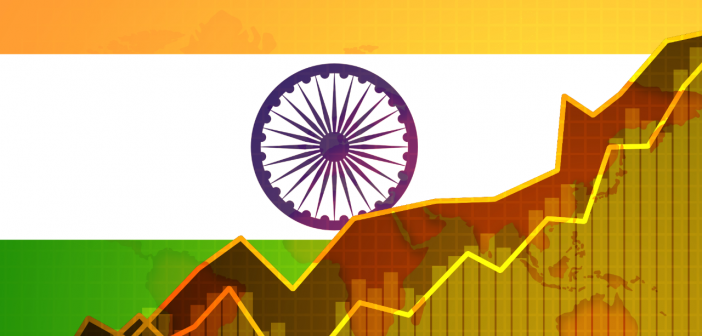As the first rays of April cast their light on India, the nation ushers in a new financial year – 2024-25. This year holds immense significance, marking the beginning of a crucial period leading up to the next general elections. With global economic uncertainties and domestic considerations in play, a closer look at what this new financial year augurs for the country, its industries, citizens, and businesses is essential.
The National Canvas: Growth Projections and Fiscal Focus
The Indian economy is projected to grow at a healthy pace of around 6.5% in FY 2024-25, according to estimates from the World Bank and International Monetary Fund (IMF). This growth is expected to be driven by a rebound in domestic consumption, increased government spending on infrastructure development, and a revival in key sectors like manufacturing and services.
The Union Budget, presented in February 2024, served as the roadmap for the year. While it was an interim budget due to impending elections, it laid the groundwork for the full budget to be presented in the coming year. A key focus of the interim budget was on fiscal consolidation, aiming to bring down the fiscal deficit – the gap between government spending and revenue. This focus on fiscal prudence is likely to continue in the full budget, ensuring stable economic conditions.
Industry Outlooks: Navigating Headwinds and Tailwinds
The performance of various sectors will significantly influence the overall economic trajectory. Here’s a glimpse into the anticipated trends for some key industries:
- Information Technology (IT) and Information Technology-Enabled Services (ITES): The IT sector, a pillar of the Indian economy, is expected to maintain its growth momentum. Increased digital adoption across sectors and the global demand for skilled IT professionals are positive indicators. However, challenges like talent retention and potential global economic slowdowns need to be addressed.
- Manufacturing: The manufacturing sector is poised for a revival, driven by government initiatives like the ‘Make in India’ program and a renewed focus on export promotion. However, factors like global supply chain disruptions and rising input costs pose potential hurdles.
- Agriculture: The agriculture sector, the backbone of the Indian economy, faces challenges like climate change and volatile weather patterns. Government initiatives promoting sustainable farming practices and investments in rural infrastructure will be crucial for its growth.
- Infrastructure: The government’s focus on infrastructure development, including roads, railways, and digital infrastructure, is expected to create significant investment opportunities and boost economic activity across sectors.
The Citizen’s Perspective: Inflation and Job Market Woes
While economic growth is promising, inflation remains a concern for Indian citizens. Rising fuel prices and potential disruptions in global supply chains could put upward pressure on the cost of living.
The job market is also an area of focus. While the government and private sector initiatives are expected to create new employment opportunities, concerns persist regarding skill gaps and employability of the workforce.
Business Landscape: Navigating Opportunities and Regulations
For businesses operating in India, FY 2024-25 presents a mixed bag of opportunities and challenges. The anticipated economic growth signifies a potentially expanding market. However, navigating a complex regulatory environment and ensuring compliance with ever-evolving policies could be challenging.
The Road Ahead: Embracing Change and Fostering Collaboration
As India embarks on this new financial year, a spirit of collaboration between the government, industry, and citizens is crucial. Here are some key factors that will influence the nation’s economic journey:
- Geopolitical Landscape: The ongoing global geopolitical situation, including the Russia-Ukraine war and its impact on global commodity prices, will have a bearing on the Indian economy.
- Monetary Policy: The decisions taken by the Reserve Bank of India (RBI) regarding interest rates will influence inflation management and economic growth.
- Foreign Direct Investment (FDI): India’s ability to attract FDI will play a crucial role in boosting economic activity and technological advancement.
- Skilling and Education: Investing in skill development and quality education is essential to bridge the skill gap and prepare the workforce for the future.
Conclusion: A Year of Promise and Potential
The new financial year holds immense potential for India. By leveraging its strengths, addressing its challenges, and fostering a collaborative spirit, India can navigate towards a period of sustained economic growth and prosperity. This, in turn, will improve the lives of its citizens and solidify its position as a key player in the global economic landscape.





